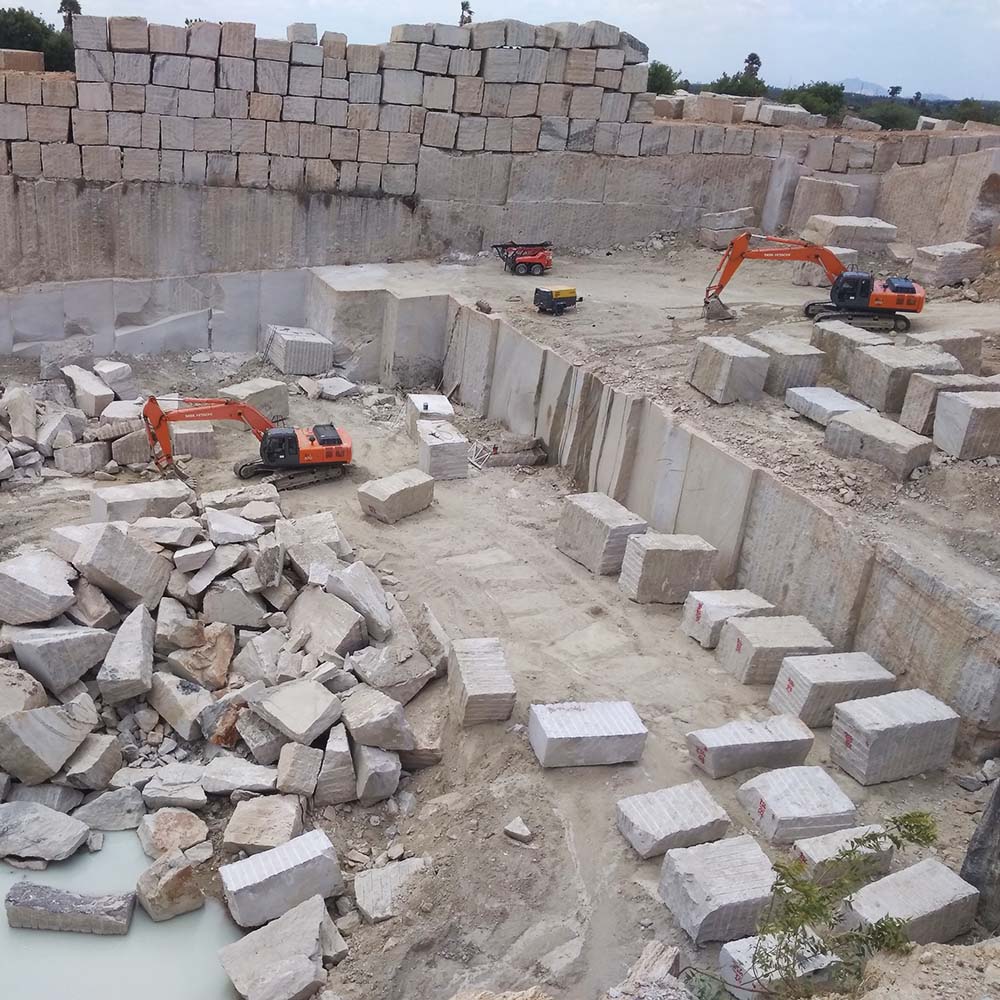Granite Quarries in South Africa Wonders: Exploring the Quarry Landscape
Granite Quarries in South Africa Wonders: Exploring the Quarry Landscape
Blog Article
Discovering the Rich History and Sustainable Practices of Granite Quarrying
As we depend on the precipice of discovering the elaborate tapestry of granite quarrying, a trip with time discloses not simply the physical act of removing stone yet also the social and historic significance woven into the very textile of this method. From the old origins that laid the structure for modern-day quarrying techniques to the lasting practices that are forming the future of this sector, each chisel mark on granite surface areas tells a tale waiting to be unearthed (granite quarries in south africa). The heritage of granite quarrying extends much beyond plain removal; it is a testimony to human ingenuity, durability, and the enduring allure of this marvelous rock
Ancient Origins of Granite Quarrying
Going back to old people, the practice of quarrying granite has actually been an indispensable component of human history and architectural advancement. The earliest evidence of granite quarrying dates back to old Egypt, where enormous pyramids and intricate sculptures were crafted from this sturdy stone. The Egyptians used primitive tools to remove granite blocks from quarries, showcasing the importance of this product in their monumental building and constructions.
Progressing in history, the Greeks also made considerable contributions to the quarrying of granite. The Greeks utilized granite in various architectural wonders, such as temples and sculptures, demonstrating their ability in shaping and carving this durable stone. The Romans further refined the strategies of quarrying granite, utilizing sophisticated tools like knives and hammers to extract and form granite for their renowned structures.
Via the centuries, the technique of quarrying granite has evolved, with contemporary technologies boosting efficiency while maintaining the classic charm of this all-natural rock - granite quarries in south africa. From ancient civilizations to contemporary contractors, the tradition of granite quarrying proceeds to shape our world
Evolution of Quarrying Techniques
The advancement of quarrying methods has actually been marked by a constant progression in the direction of higher efficiency and accuracy in removing granite. Early quarrying techniques entailed hands-on labor with standard devices such as chisels, hammers, and wedges to draw out granite blocks from the earth.
In even more recent times, the introduction of machinery reinvented the quarrying industry, making it possible for much faster removal rates and increased performance. Technologies such as ruby wire saws, high-pressure water jets, and pneumatic drills have ended up being standard in contemporary quarries, enabling precise cutting and lowered waste. Improvements in computer-controlled devices and 3D modeling have enhanced quarrying operations, leading to minimal environmental impact and enhanced sustainability methods. As the need for granite remains to climb, the evolution of quarrying methods stays integral to conference market needs successfully and sustainably.
Social Importance of Granite
Granite holds an extensive cultural significance across various civilizations due to its enduring presence in architectural masterpieces and look at here now revered monoliths. The cultural value of granite expands beyond its physical characteristics; it embodies resilience, stability, and timelessness, making it a sign of withstanding traditions and traditions.

Sustainable Practices in Quarrying
Amidst the rich background of granite quarrying and its cultural value exists a growing emphasis on sustainable practices within the market. As ecological recognition and concerns concerning resource deficiency have enhanced worldwide, the quarrying field has progressively accepted sustainable techniques to decrease its influence on the setting and bordering areas.

In addition, recovery and rehab of quarry websites post-extraction are integral to lasting techniques. By recovering quarried areas to an all-natural or beneficial state, such as creating wild animals environments or leisure areas, quarriers can counter the ecological impact of their procedures and contribute favorably to published here the local community.
Tradition of Granite Quarrying
With a historical backdrop steeped in craftsmanship and commercial development, what withstanding influence has granite quarrying left on the landscape of modern culture? The heritage of granite quarrying transcends mere extraction techniques; it has formed architectural marvels, urban landscapes, and cultural heritage worldwide. The durable nature of granite has actually made it a recommended selection for monoliths, structures, and infrastructure, standing as a testimony to the ability and artistry of quarry employees across generations.
Moreover, the economic footprint of granite quarrying can not be forgotten. The sector continues to give job opportunity and drive neighborhood economic climates in regions where granite removal is widespread. It has likewise stimulated technological innovations in quarrying techniques and devices, causing extra efficient and lasting methods.
In terms of sustainability, the tradition of granite quarrying includes initiatives to reduce ecological influences with improvement projects and accountable source management. By stabilizing financial passions with click to read environmental stewardship, the market aims to guarantee that future generations can continue to take advantage of this long-lasting natural deposit.
Final Thought

Report this page